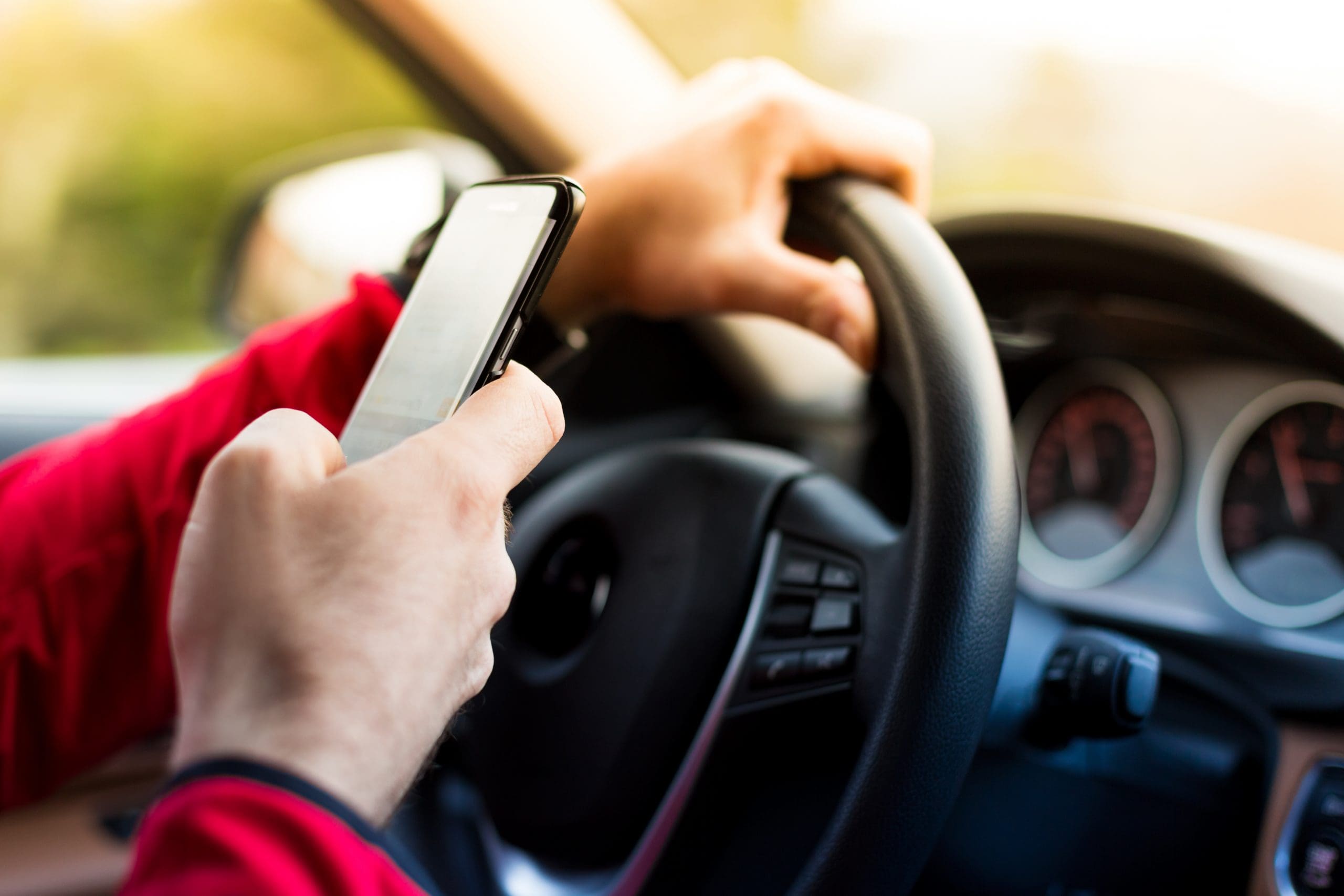A significant step to improving road safety and cracking down on hand-held mobile phone use whilst driving was implemented on March 25, 2022. In short, the police will no longer be required to prove that a hand-held mobile phone had been used whilst driving for the purposes of performing an ‘interactive communication function’. Instead, the law has been updated to capture almost all hand-held use of a mobile phone whilst driving and will include the following: illuminating the screen; checking the time; checking notifications; unlocking the device; making, receiving, or rejecting a telephone or internet-based call; sending, receiving or uploading oral or written content; sending, receiving or uploading a photo or video; utilising camera, video or sound recording functionality; drafting any text; accessing any stored data such as documents, books, audio files, photos, videos, films, playlists, notes or messages; accessing an application; and accessing the internet.
The police will still have to prove that the mobile phone had been used whilst driving but we expect to see a significant rise of police stops and enforcement.
It is also important to note that the law has further been toughened and the use of other interactive devices such as smart watches will also apply.
Will drivers still be able to use a mobile phone on hands free?
Yes, this will be permitted and includes using it as a sat nav, which many of us do on a daily basis. However, the mobile phone will need to be correctly secured to the dashboard in a suitable cradle. It will be an offence for drivers to use a phone as a sat nav whilst the phone is on their lap, on the passenger seat, or propped up elsewhere.
Are there any exemptions?
It has been recognised that many road users use their mobile phones as method of payment at drive-throughs, for example, and the update to the regulations include a new exemption where a phone or other interactive communication device is being used to make a contactless payment at a contactless payment terminal. However, the payment must be for ‘a good or service which is received at the same time as, or after, the contactless payment is made’ and the vehicle must be stationary.
Drivers will continue to be permitted to make an emergency phone call, should it be unsafe to pull over to do so.
What are the implications for a driver caught using a mobile phone?
Drivers caught will continue to receive six points on their driving licence and a fixed penalty notice of £200. Two offences within three years would, therefore, result in a totting up driving ban for a period of at least six months and, importantly, the threat remains for drivers within the first two years of passing their test who would be at risk of having their licence revoked if they receive six penalty points within that period.
In relation to the transport industry, vocational drivers should be under no illusion that a mobile phone offence whilst driving will most likely result in them being called to a Driver Conduct Hearing, with repeat offences potentially leading to the spotlight being placed on the operator, which could lead to public inquiry and potential revocation.
It is highly recommended that all businesses update their company mobile phone policies and driver handbooks to reflect these changes and ensure that all drivers are aware of what is expected of them.
Woodfines’ Transport team provide specialist advice and representation to both commercial and private drivers. Should you find yourself facing prosecution for a motoring offence, or need a review of your driver handbook, get in touch with a member of the team at transport@woodfines.co.uk or on 0344 967 2505














